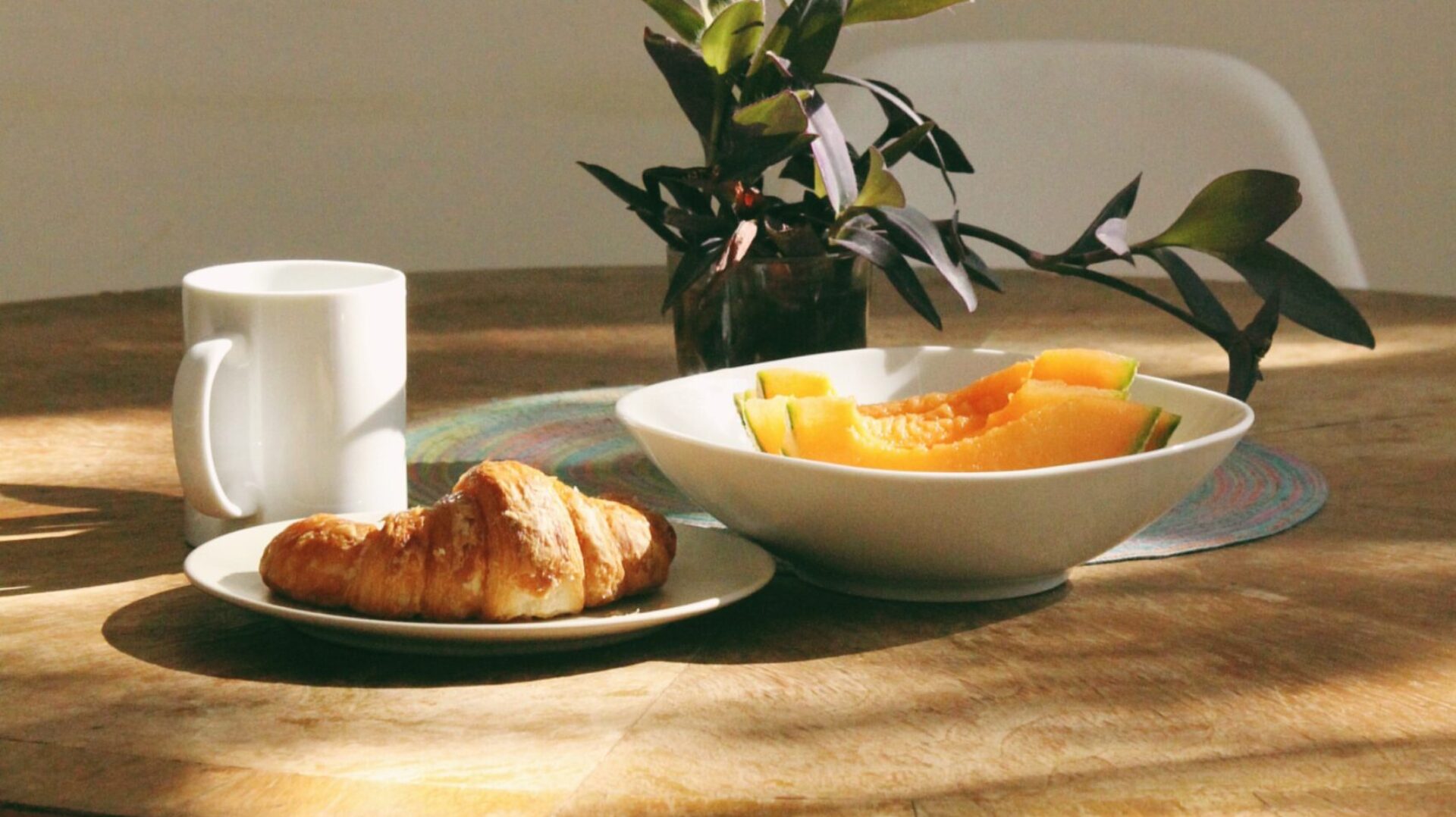Cultivated for centuries, tea has a lot of varieties that cater to diverse preferences. From the soothing warmth of a classic black tea to the invigorating zest of herbal infusions, the world of tea offers a delightful experience for every tea enthusiast.
Yet, all teas are made from the leaves of Camellia sinensis bush. The process of making tea involves plucking the young leaves and buds of the tea plant, which are then processed in various ways to produce different types of tea. The endless selection of teas is explained by the diversity of the places where tea is cultivated, the unique tea-producing process of each facility, and the artistry of its preparation.
Black Tea: Among the most popular and widely consumed types, black tea is a fully oxidized tea variety known for its dark color and strong flavor. Originating from regions like China, India, and Sri Lanka, black tea undergoes a withering process, rolling, oxidation, and firing to achieve its distinct taste. Assam, Darjeeling, Earl Grey, and Ceylon are some well-known black tea varieties cherished for their strong, malty, and sometimes floral profiles.
Green Tea: Originating from China, green tea has a long history as a revered health elixir. This unoxidized tea variety. The leaves are quickly heated to prevent oxidation, preserving their natural green color and delicate flavors. With its grassy, vegetal notes, green tea is appreciated for its lighter taste and a myriad of health benefits, thanks to its rich antioxidants. Sencha, Matcha, Dragonwell, and Jasmine are popular green tea varieties adored for their unique characteristics.
Oolong Tea: The leaves are partially oxidized, giving oolong tea a flavor profile somewhere between green and black tea. The intricate processing method results in a diverse range of flavors, from sweet and floral to fruity and woody. Originating mainly from China and Taiwan, oolong tea varieties like Tie Guan Yin, Wuyi Rock, and Pouchong fascinate tea enthusiasts with their complexity and beautiful aromas.
White Tea: The least processed among all tea varieties, white tea is made from young tea leaves and buds, which are carefully plucked and sun-dried. The minimal processing preserves the delicate, subtle flavors and results in a pale, almost colorless infusion. Bai Hao Yin Zhen (Silver Needle) and Bai Mu Dan (White Peony) are two well-known white tea varieties cherished for their gentle taste and health-promoting properties.
Pu-erh Tea: Hailing from China’s Yunnan province, Pu-erh tea is a distinct category known for its post-fermentation process, often compressed into different shapes. This aging process allows the tea to develop rich and earthy flavors over time, often compared to wine. Pu-erh tea can be aged for several years or even decades, with the older vintages commanding higher prices and deeper, more complex flavors.
In addition, Herbal Infusions: Beyond the traditional tea plant, Camellia sinensis, a world of herbal infusions awaits. These caffeine-free beverages are made from various herbs, flowers, spices, and fruits, each offering a unique and delightful experience. From the soothing chamomile to the invigorating peppermint, herbal infusions like Rooibos, Hibiscus, and Lavender are embraced by tea lovers seeking a caffeine-free alternative.
So, why not take a moment to savor a cup of your favorite tea and appreciate the centuries of craftsmanship that have brought this ancient beverage to our modern-day tables?

